The Hidden Plastic in Paper Coffee Cups

WRITTEN BY
You’ve cut back on plastic straws, avoid plastic lids, and ditched plastic cups. But what about your morning coffee cup in that paper cup?
While that paper coffee cup may look eco-friendly, it’s most likely lined with a thin layer of plastic—usually polyethylene (PE). Let’s unpack the reasons behind the plastic lining, its impact on health and the environment, and look at practical steps for more sustainable coffee habits.
Why Paper Coffee Cups Have Plastic Linings
The plastic lining in paper coffee cups serves one crucial purpose: waterproofing. Without it, hot coffee would seep through the paper, turning your cup into a soggy mess. Polyethylene, an affordable and durable plastic, is commonly used for this purpose, enabling coffee shops worldwide to offer paper cups that won’t leak. However, while PE-lined cups may provide a short-term solution, the long-term effects on health and the environment are concerning.
According to a study by the Food Packaging Forum, over 500 billion disposable coffee cups are produced globally each year, with a majority being plastic-lined and non-recyclable. This design complicates recycling, often turning what seems like a biodegradable option into long-term waste. With plastic pollution now recognized as a global crisis, these seemingly harmless paper cups play a significant role in our planet’s mounting plastic problem.
The Health Risks of Plastic-Lined Cups
Though polyethylene is generally considered low in toxicity, recent studies suggest that exposing this material to heat, such as with hot beverages, can cause chemical leaching. It just so happens that the vast majority of liquid poured into paper cups is in fact very HOT. They ain’t serving iced coffees in paper cups.
On top of the chemical leaching, those paper cups shed Microplastics particles into Hot Drinks
A study conducted by the Indian Institute of Technology in 2020 found that a single hot beverage in a polyethylene-lined paper cup can release up to 25,000 microplastic particles into the drink. As a result, regular consumers of hot drinks in disposable cups may be unknowingly ingesting thousands of tiny plastic particles each day.
These microplastics, so small they’re invisible to the naked eye, have been shown to accumulate in human organs and tissues. While the full health effects are still under study, early research indicates that these particles can cause inflammation, disrupt hormone functions, and even potentially enter our bloodstream. Dr. Jennifer Godson, an environmental toxicologist, warns that “the human body has no mechanism to process or remove microplastics, so they accumulate over time, raising concerns over their potential to cause harm.”
Potential Endocrine Disruption
Polyethylene itself isn’t classified as a strong endocrine disruptor like polyvinyl chloride (PVC) or polystyrene. However, the additives used in plastic production can release chemicals with potential hormonal effects. According to a report from the World Health Organization, these endocrine disruptors have been linked to reproductive, developmental, and metabolic disorders. Long-term exposure, even at low levels, could lead to health risks, especially in vulnerable populations like pregnant women and children.
The Environmental Impact of Plastic-Lined Cups
Landfill Accumulation and Decomposition
Most plastic-lined paper cups end up in landfills, where they contribute to our global waste problem. While paper may biodegrade over time, the plastic lining persists for hundreds of years, slowly breaking down into microplastics that seep into the surrounding soil and water sources. An estimated 16 billion paper coffee cups are used in the U.S. each year, with the majority ending up as waste.
Microplastic Pollution in Waterways
Once in the environment, polyethylene breaks down into microplastics, which find their way into rivers, oceans, and drinking water sources. According to a 2019 report by the United Nations Environment Programme (UNEP), microplastics now contaminate 90% of bottled water and 83% of tap water worldwide. These particles are consumed by marine life, which often mistake them for food, causing harm to ecosystems and entering the human food chain when we eat seafood.
Recycling Challenges
Because most recycling facilities lack the capability to separate the plastic lining from the paper, recycling these cups is difficult. The World Wildlife Fund (WWF) highlights that while cities like San Francisco have attempted to encourage compostable and recyclable alternatives, only 1% of coffee cups end up being successfully recycled. Instead, most cups placed in recycling bins are ultimately incinerated or sent to landfills due to their mixed materials.
Practical Tips to Avoid Plastic-Lined Cups
For those concerned about the environmental and health impacts of plastic-lined coffee cups, here are some ways to make a change:
- Bring Your Own Reusable Cup Carrying a reusable cup made from materials like stainless steel, glass, or ceramic is one of the most effective solutions. Many coffee shops now offer discounts to customers who bring their own cups, meaning this simple habit can also save you money. According to the UK-based environmental organization Hubbub, 63% of people say they’re willing to use a reusable cup if coffee shops make it easy and affordable.
- Seek Out Biodegradable or Compostable Alternatives Some coffee shops are switching to compostable cups with plant-based linings, such as polylactic acid (PLA), a bioplastic derived from renewable resources like corn starch. While these cups are still not widely recyclable, they are compostable in industrial composting facilities, making them a more sustainable choice. Look for cups certified by the Biodegradable Products Institute (BPI) or other reputable certifying bodies.
- Support Sustainable Businesses Many eco-conscious coffee shops and cafés now prioritize sustainable practices by offering recyclable or reusable options and reducing single-use waste. Some even have programs for renting reusable cups or using ceramic mugs for in-store customers. By supporting these businesses, you can encourage more cafés to adopt environmentally friendly policies.
- Reduce Your Disposable Cup Usage Limiting your use of disposable cups is an easy way to reduce your environmental impact. Consider brewing coffee at home and bringing it with you, or take time to enjoy your coffee in a ceramic mug or glass at the café—many offer this option if you ask. With a little planning, you can reduce the frequency of disposable cup use.
Conclusion: Small Changes for a Big Impact
Paper coffee cups may look innocent, but their plastic lining brings hidden health and environmental risks. By making small changes—like using a reusable cup or supporting businesses with sustainable practices—you can help minimize waste, protect marine ecosystems, and reduce microplastic exposure. As the UNEP notes, “every piece of plastic ever made still exists today,” so every action we take to cut back on single-use plastic counts.
As consumers, we can lead by example, inspire change, and make choices that support a cleaner, healthier world. Next time you grab a coffee, consider the lasting impact of that disposable cup and make a sustainable choice—it’s a small step toward a big difference.
